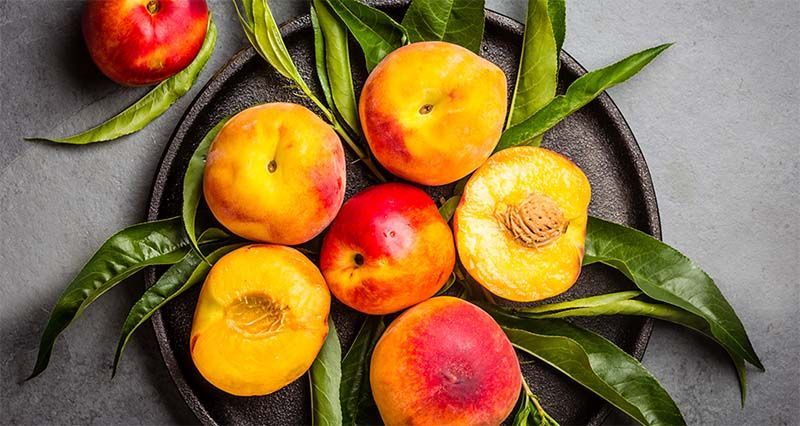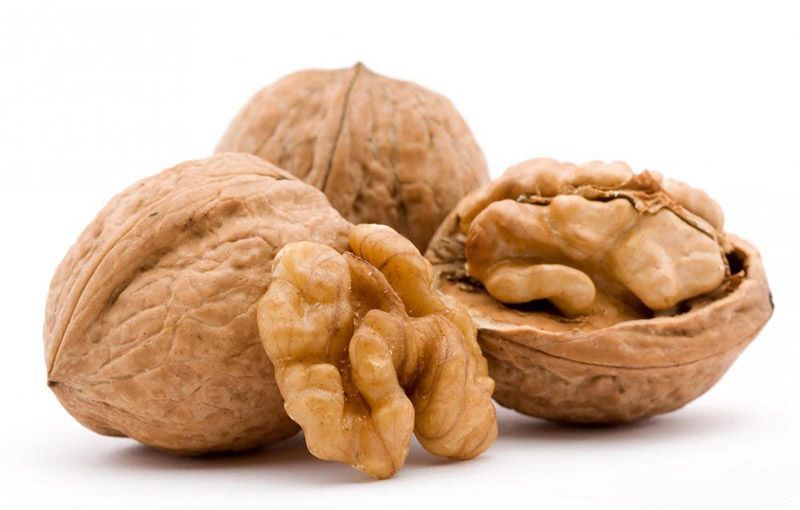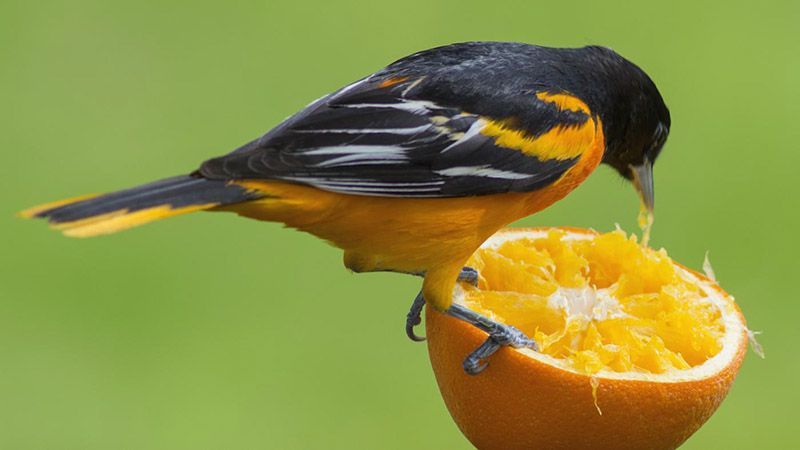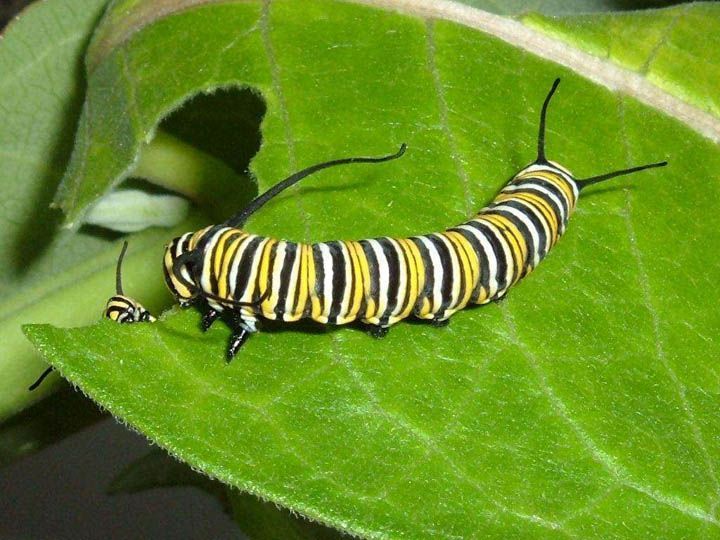Fruits, the baby in plant's womb.
Formation of Fruit
The ovule containing the fertilized cell develops into a seed.
The covering of the ovule gives rise to the seed coat and the ovary turns into a fruit enclosing the seeds.
After fertilization, the ovary remains attached to the stalk of the flower and grows into the fruit. Other parts such as petals, fall off.
Parts of Fruit
The fruit is the ripened ovary. Most fruits are sweet, fleshy and edible.
Tomato, pea and pumpkin are also fruits of plants although they are called vegetables.

A fruit, such as the pear or strawberry, that develops from a ripened ovary or ovaries but also has tissue derived from part of the plant outside the ovary. In pears, the edible flesh is a swollen part of the stem, and the fruit is the seed-bearing core.
Pericarp
The pericarp or fruit wall develops from the wall of the ovary. It may be Kirk or thin depending on the kind of fruit. In tomato and papaya, it is soft and fleshy, while in gram, it is dry.

The pericarp contain three parts.
The outer, thin protective covering of fruit is called epicarp.
It is the sweet, fleshy edible middle layer. It's called the mesocarp.
It is the inner hard part, of the fruit that contains seeds. It's called the endocarp.
Types of Fruit
Fleshy

A fleshy fruit is one in which the entire pericarp is soft and fleshy, e.g. grape, tomato, papaya etc. In the case of the mango, cherry or plum the epicarp and ms carp are pulpy, but the endocarp is hard and encloses the seed.
Dry

In a dry fruit, the pericarp is not pulpy and encloses the seeds, e.g. in the pea pod, the pod is the pericarp and the pea is the seed which is enclosed within. In a walnut, the hard shell is the pericarp enclosing the edible walnut.
The so-called "dry fruits", such as almond, cashewnut, walnut, pistachio, raurns, etc., are actually dried fruits and not dry fruits. Most of them in fact are fleshy fruits while some others are dry fruits
Functions of Fruit
It protects seeds from the unfavourable environmental conditions. Fruits store food inside them.
Fruits sometimes develop various structural devices to attach itself to animal fur. Thus it helps in dispersing the seed.

When birds or animals eat it, the seed inside gets dispersed in crass far away from the parent plant.


